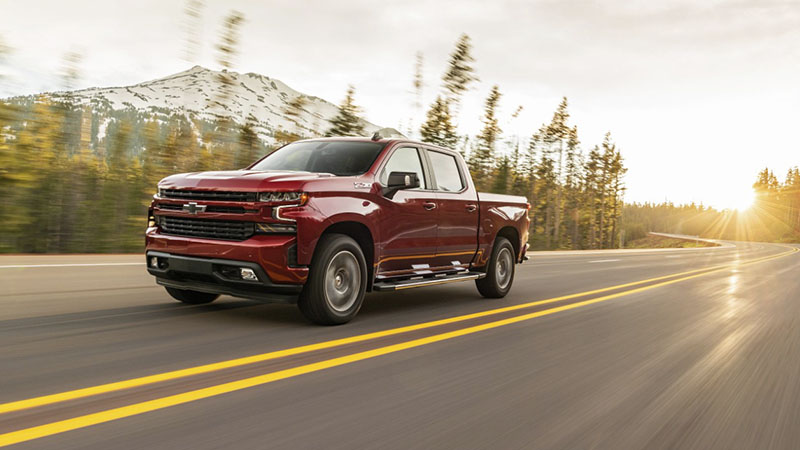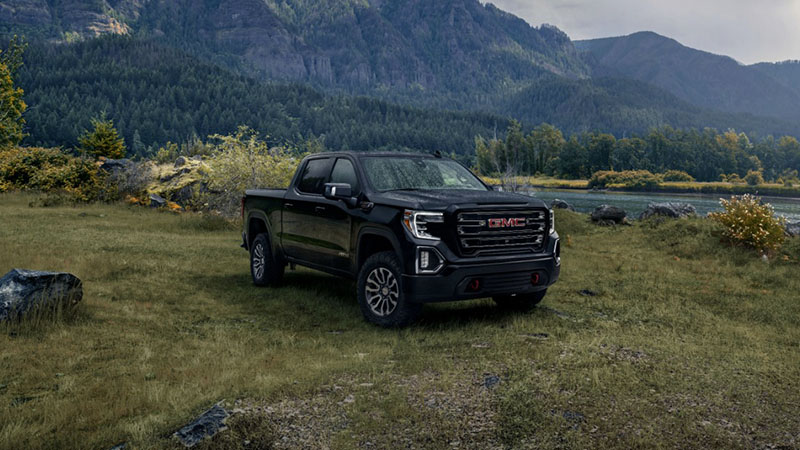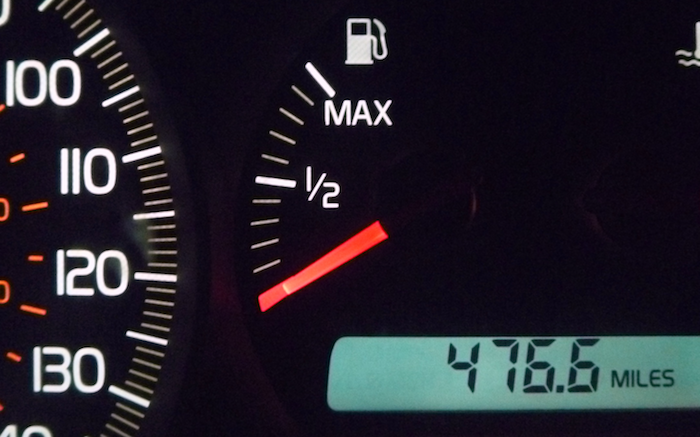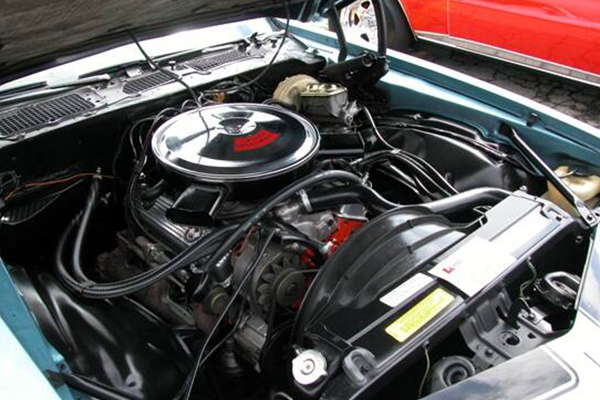It's no secret that we Americans love our trucks, and that love is unlikely to dwindle any time soon. This love story has had its ups and downs though, with its intensity mostly affected by fluctuating gas prices. (See: 2005, when truck sales took a nosedive in light of spiking gas prices and many truck owners turned to more compact, fuel-efficient cars to save some money.) But as soon as oil prices started to drop sharply, truck sales picked right back up.
Still, automakers are well aware that gas won't stay cheap forever, and that the minute it becomes substantially more expensive, they'll see a new sales slump. That realization, along with tightening federal fuel economy standards, has motivated manufacturers to produce pickup trucks that have much better gas mileage than they used to. So how are they managing to build more fuel-efficient trucks without sacrificing their size, strength, and performance? Here's a look at the solutions they've put in place.

2020 Ford F-150 | Ford
Turbocharging
One of the most effective measures has been the addition of turbocharged engines. Usually used in high-performance sports cars up until a few years ago, turbochargers can now be found in many pickup trucks and SUVs. Ford's turbocharged EcoBoost engine in the F-150 is one of the most notable instances. When Ford first introduced the EcoBoost technology in the 2011 F-150, it brought the truck's combined mpg from 16 mpg to 18, surpassing practically all of its competitors.
Turbochargers use the waste-exhaust energy from an engine to feed additional pressurized air into the engine's combustion chambers, helping it burn more fuel. This means that turbochargers allow automakers to design an engine that will provide the same amount of power, or even more than naturally aspirated engines, without having to increase the engine's size—the usual method for achieving a large power boost. Research shows that using a smaller, turbocharged engine to deliver the same performance as an engine without one cuts fuel consumption by up to six percent. Here's more about how turbos work.

2020 Silverado Diesel | Chevrolet
Start-stop systems
Another nifty piece of technology making it possible for people to drive large SUVs and pickup trucks without spending a fortune at the pump are start-stop systems. When manufacturers first introduced the technology, it was mainly used in hybrids. It's now a common feature in internal combustion engine vehicles, including trucks.
Start-stop systems save fuel by automatically shutting a vehicle's engine down when coming to a complete stop, such as at a red light. The system shuts off the engine when drivers release the gas pedal and fully depress the brake, and restarts it when drivers take their foot off the brake and press the gas pedal. The Ram 1500, for example, has this tech. Some estimates show that auto start-stop systems can boost fuel savings by three to five percent.

2020 GMC Sierra AT4 | GMC
Variable valve timing and variable pumps
We expect manufacturers to continue exploring all sorts of technologies to improve the fuel economy of trucks, probably increasingly relying on variable valve timing, variable pumps, and, possibly, cylinder deactivation. Whatever the solutions manufacturers opt for, those who love trucks can rest assured that their beloved large vehicles are only going to get more efficient.
Do you own a truck with some of these technologies? Let us know if they really help improve gas mileage in the comments below.








